North Carolina is blessed with a diverse landscape and a wide array of pollinator-friendly plants. Whether you have a small garden or a vast landscape, incorporating these plants will attract and support pollinators such as bees, butterflies, and hummingbirds while adding beauty to your surroundings. Here are some excellent pollinator plants for North Carolina:
Eastern Blazing Star (Liatris scariosa): This native perennial produces stunning purple flower spikes that attract butterflies, bees, and hummingbirds. It thrives in well-drained soils and full sun.
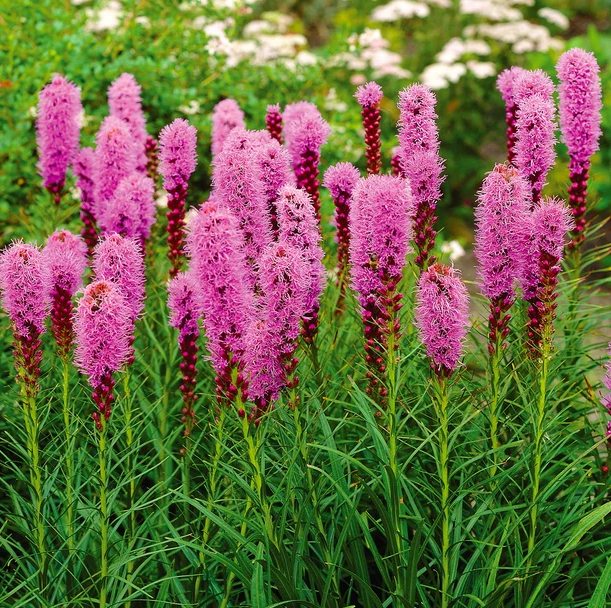
Eastern Columbine (Aquilegia canadensis): With its unique, bell-shaped flowers in shades of red and yellow, columbine is a favorite among hummingbirds and butterflies. It prefers partial shade and well-drained soils.
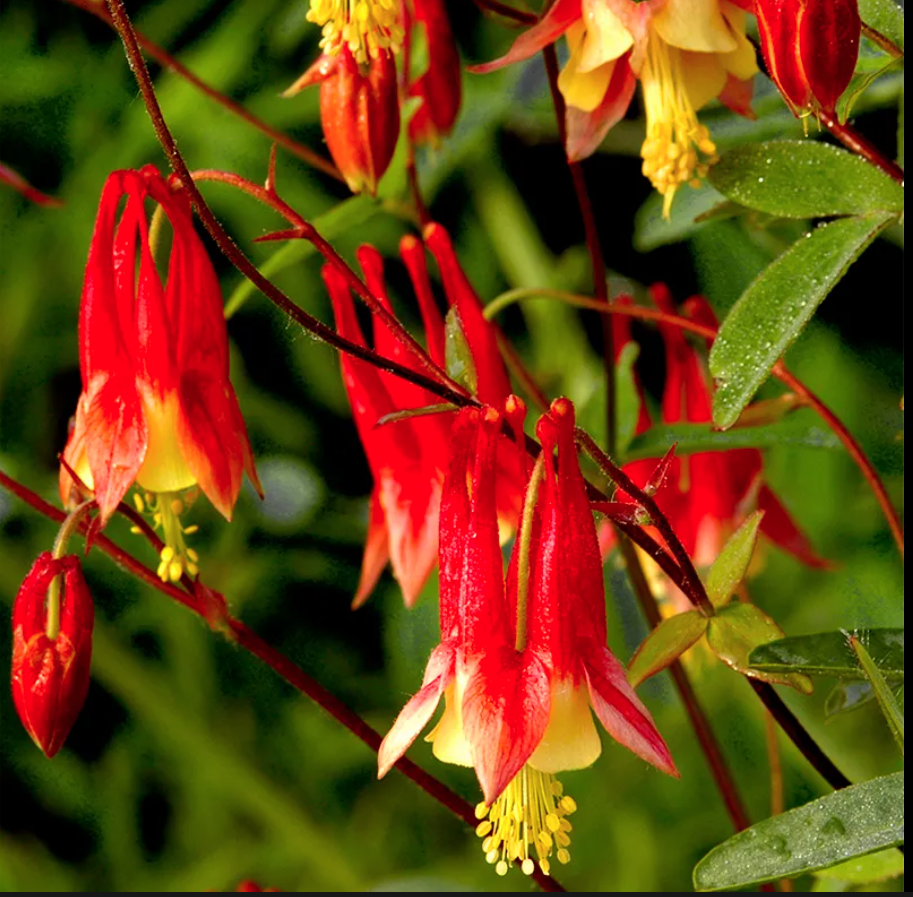
Carolina Jessamine (Gelsemium sempervirens): This evergreen vine features fragrant, yellow trumpet-shaped flowers that provide nectar for early-season pollinators. It is a favorite of bees and butterflies.
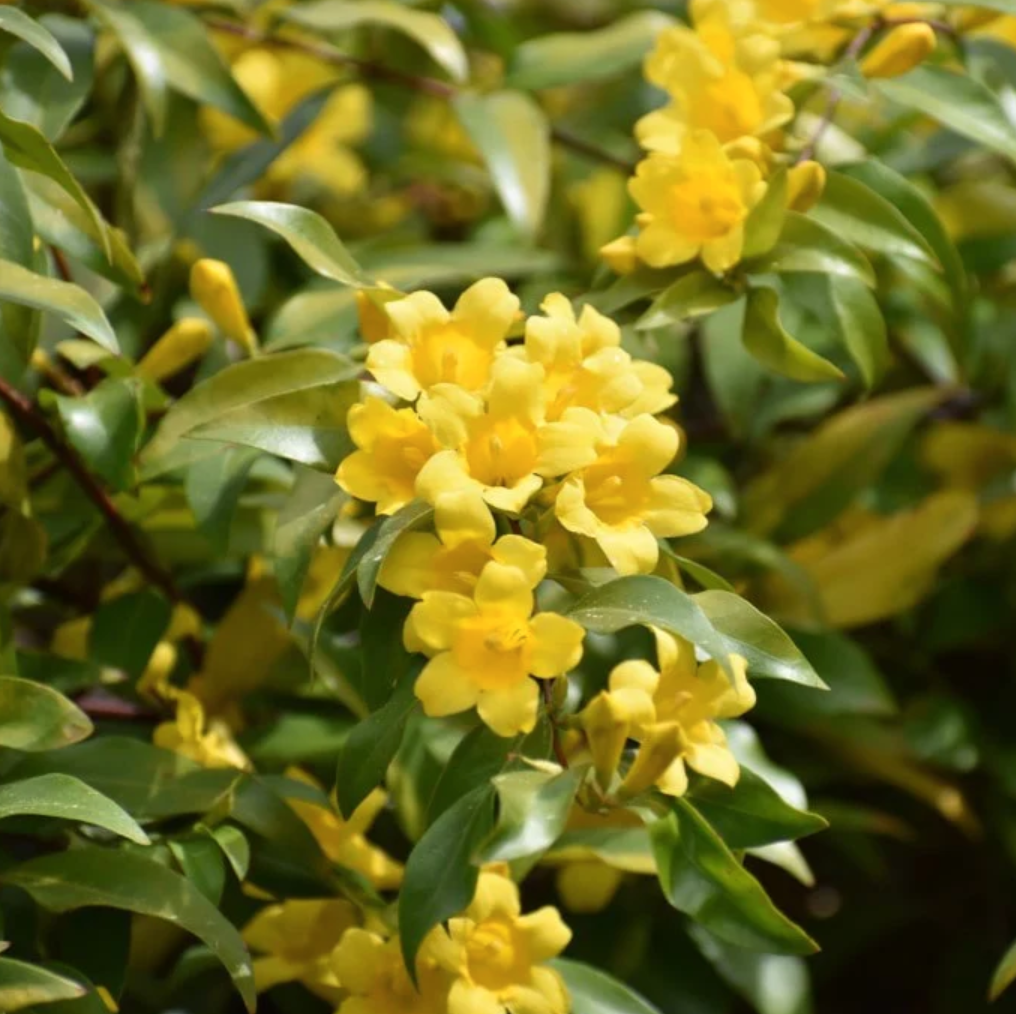
Eastern Purple Coneflower (Echinacea purpurea): A classic choice, purple coneflower is a native perennial that attracts a wide range of pollinators. Its vibrant, daisy-like flowers bloom from summer to fall.
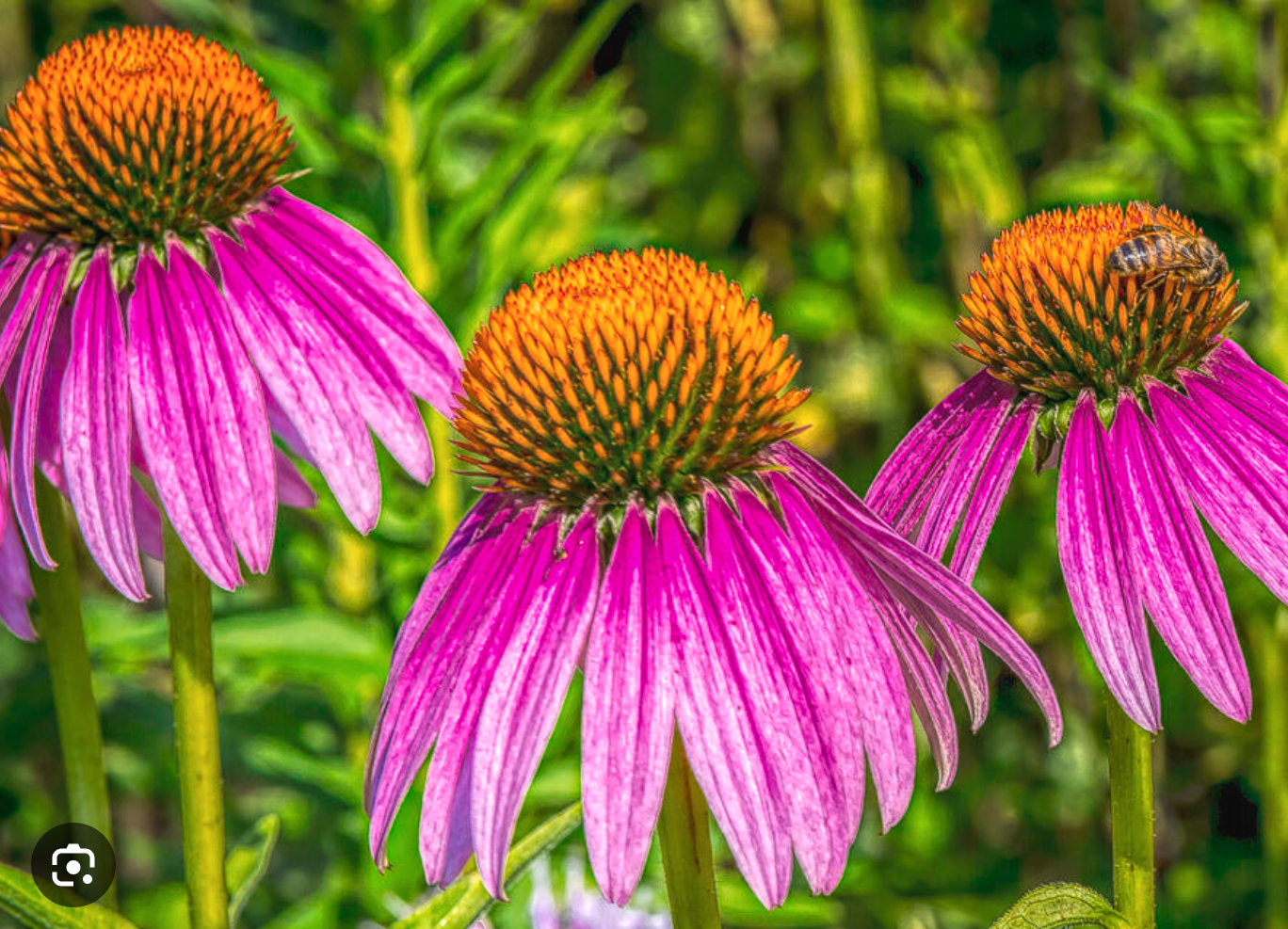
Swamp Milkweed (Asclepias incarnata): As a host plant for monarch butterflies, swamp milkweed is a must-have for North Carolina gardens. Its pink flowers are highly attractive to bees and butterflies.
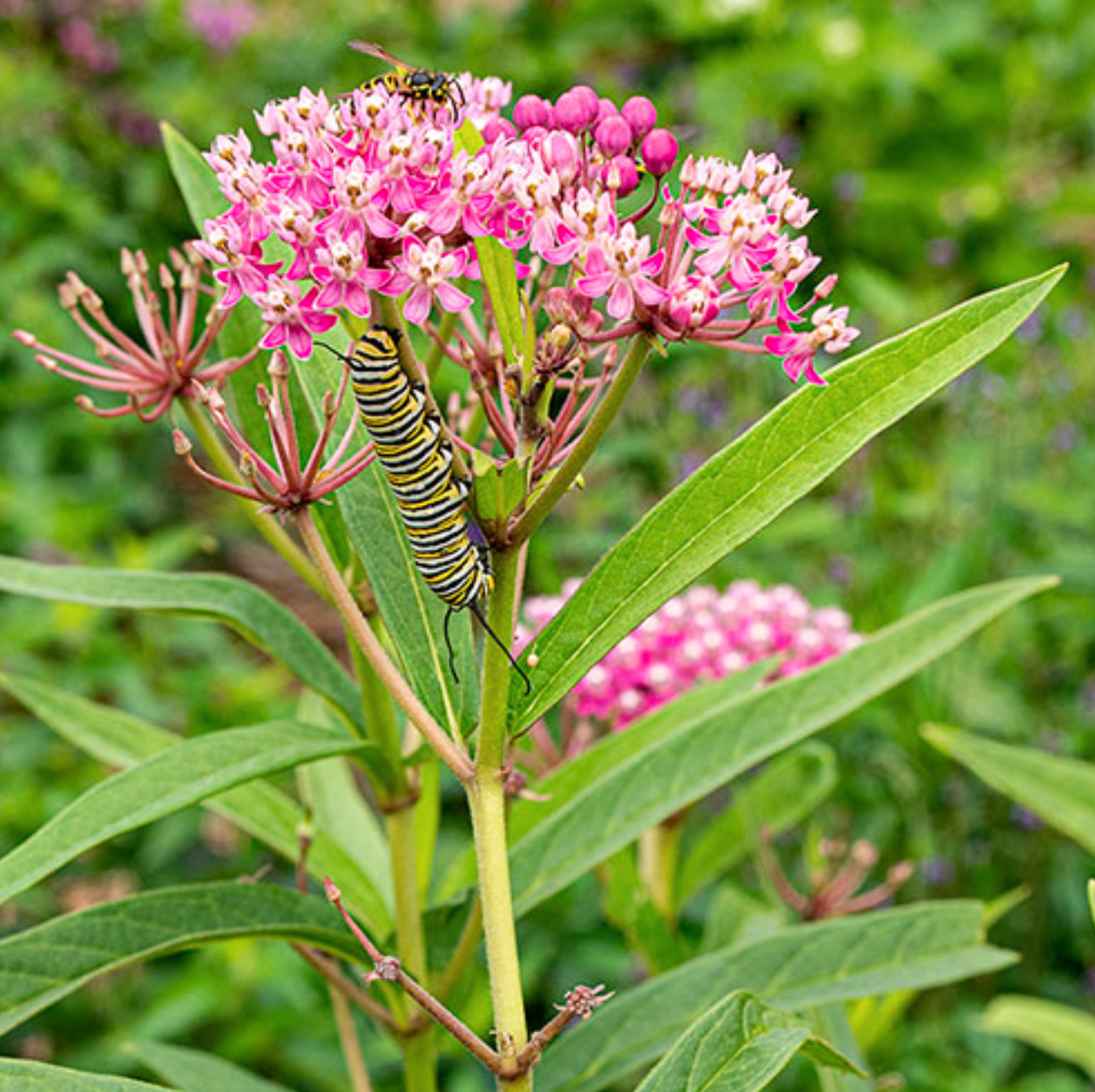
Butterfly Bush (Buddleja davidii): Known for its fragrant and showy flower spikes, butterfly bush is a magnet for butterflies, bees, and hummingbirds. It thrives in full sun and well-drained soil.

Cardinal Flower (Lobelia cardinalis): This striking perennial features vibrant red flowers that are irresistible to hummingbirds. It prefers moist, shady areas and adds a pop of color to any landscape.
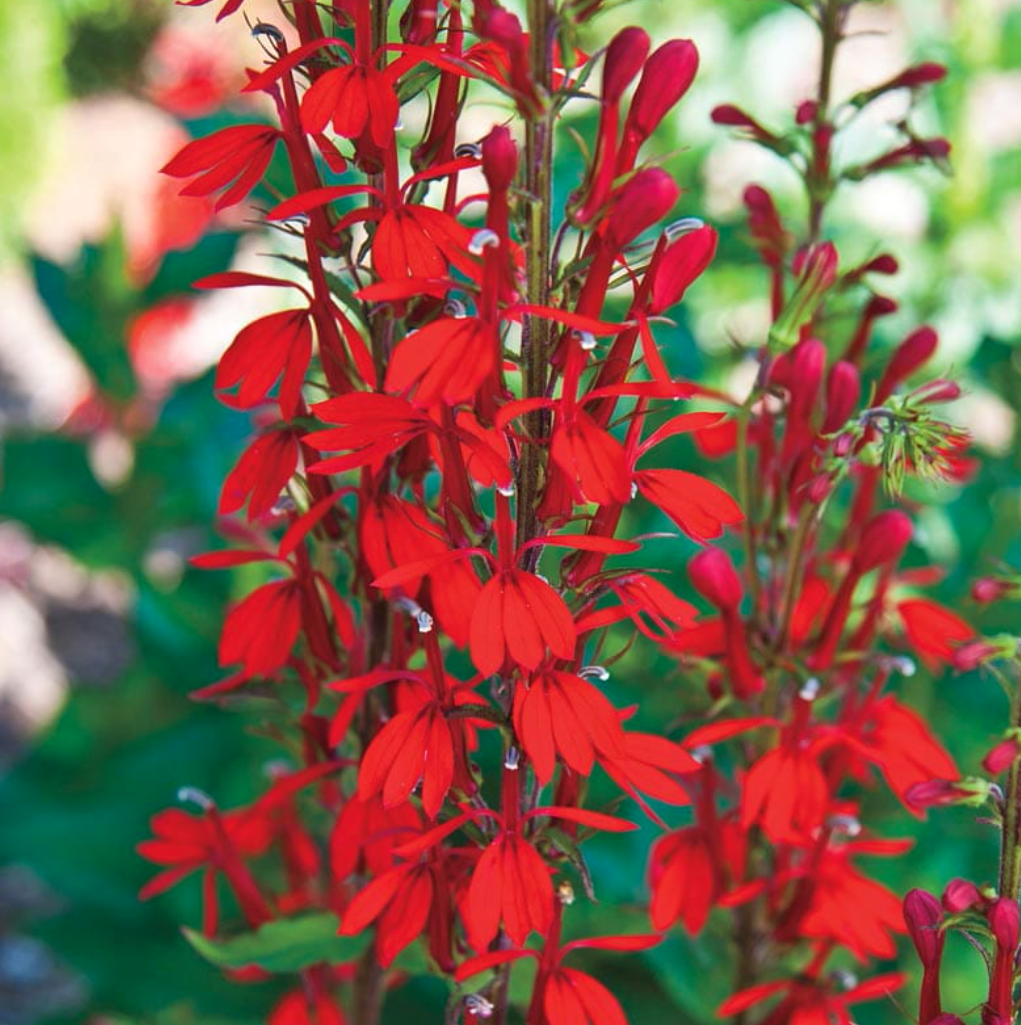
Virginia Sweetspire (Itea virginica): With its fragrant white flowers, Virginia sweetspire attracts bees and butterflies. It also offers beautiful fall foliage, making it a multi-seasonal attraction.
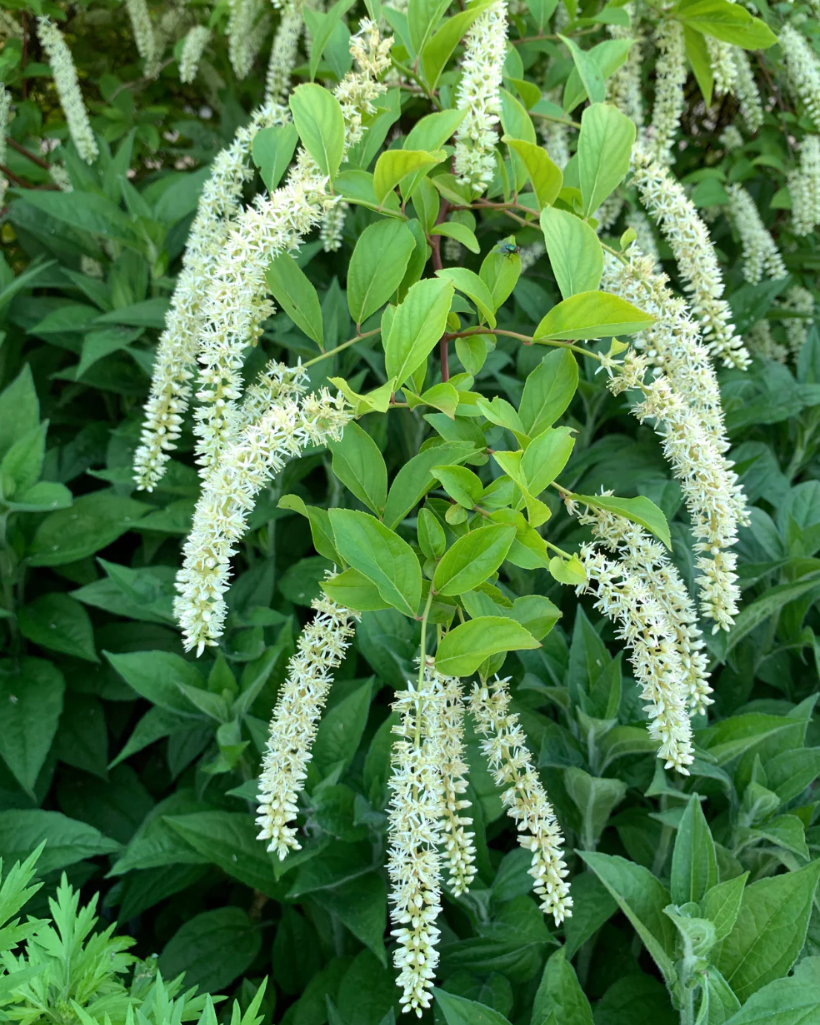
Eastern Red Cedar (Juniperus virginiana): Besides providing shelter, the Eastern red cedar produces small bluish berries that are a valuable food source for birds. This tree supports a healthy ecosystem.
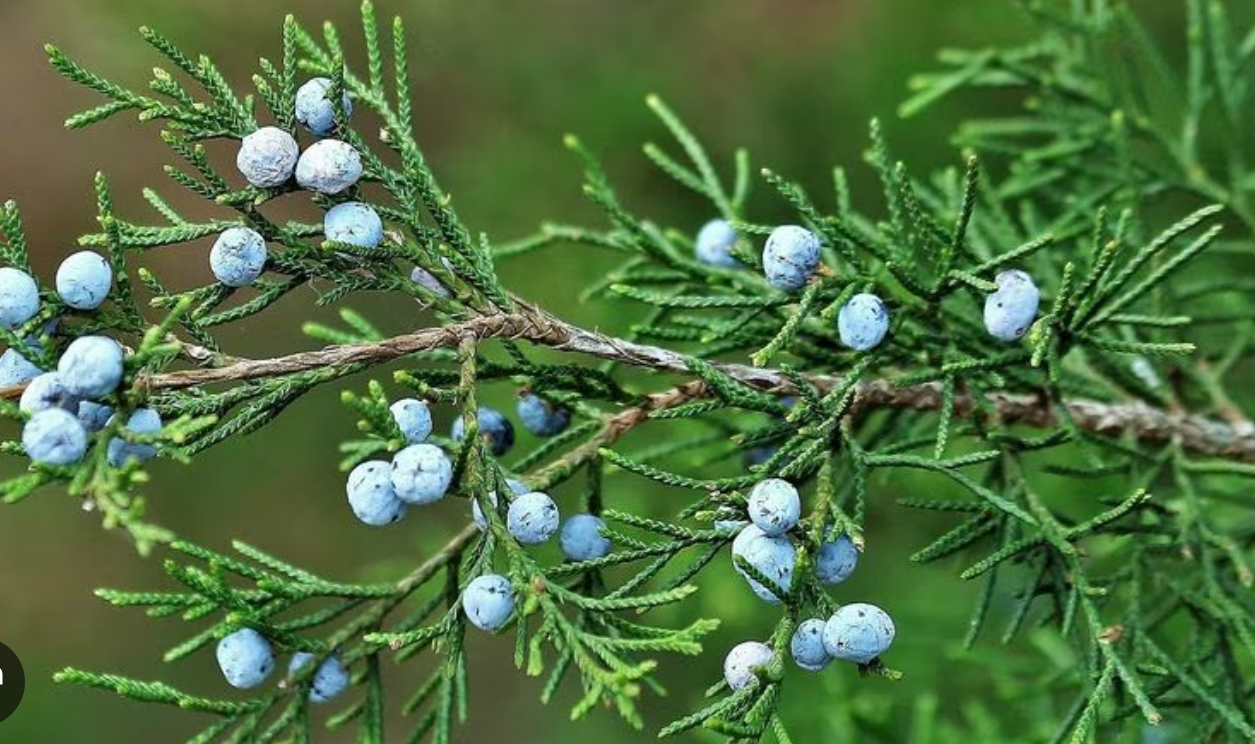
Joe-Pye Weed (Eupatorium purpureum): This tall, native perennial features clusters of pinkish-purple flowers that attract butterflies, bees, and other beneficial insects. It thrives in moist soil and full sun.
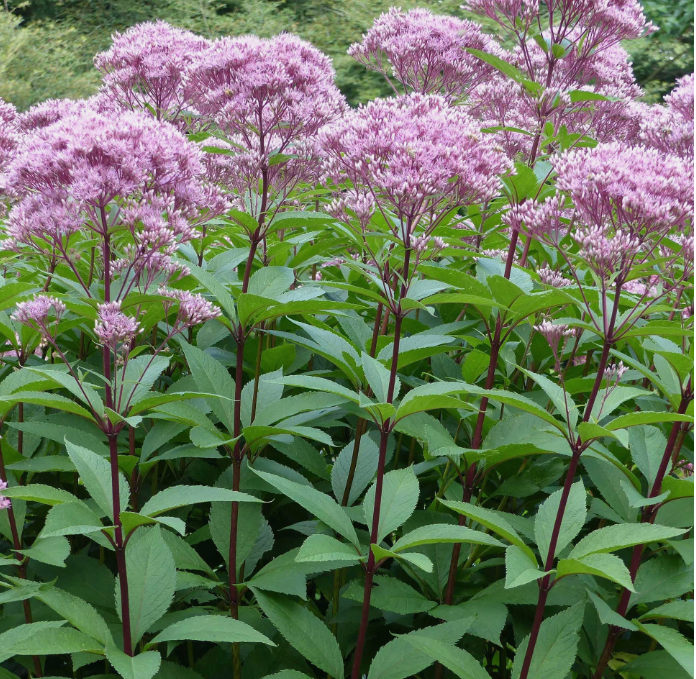
Remember to incorporate a variety of flowering plants with different bloom times to provide a continuous food source for pollinators throughout the growing season. Additionally, selecting native plants whenever possible helps support the local ecosystem and promotes the well-being of native pollinators.